Results for Category: Harvest And Forage
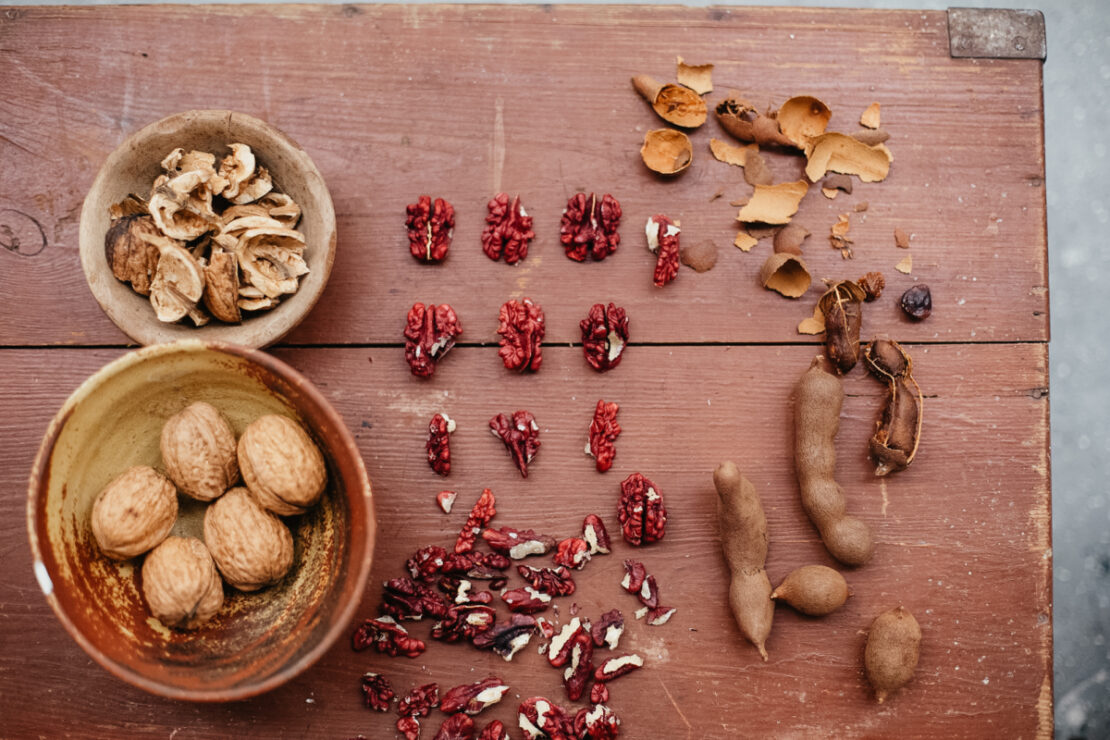
3 Foraging Inspired Recipes for Autumn
These mushroom burgers, mushroom tart, and walnut pie were inspired by a foraging outing in the woods. This particular walk in the woods was the first time I collected large parasol mushrooms. I used them for dinner (délicious!) to make mushroom burgers fried in buckwheat flour and black sesame seeds. I also incorporated the mushrooms…
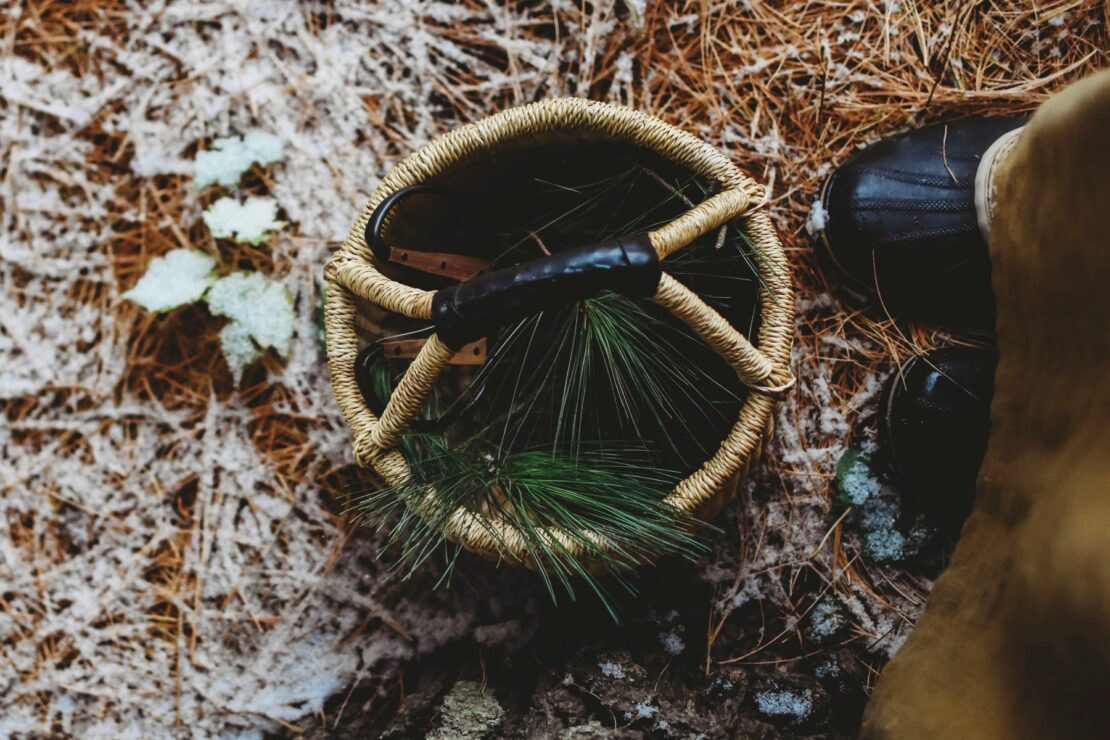
How to Correctly Identify and Use Evergreens for Internal and External Use
Attempting to correctly identify evergreen trees can be challenging. Evergreens get their name because the leaves, or needles, sta...
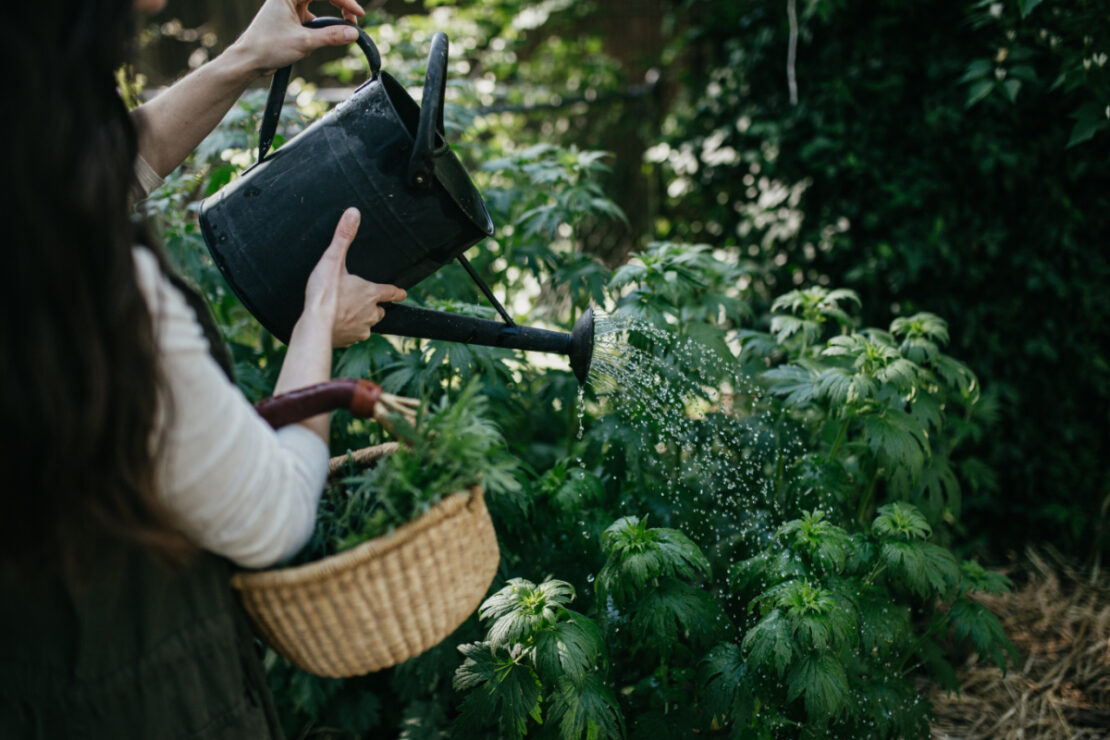
Motherwort Benefits + Recipe
Motherwort (Leonurus cardiaca) is a striking plant. Growing as tall as 5 feet, it bears the signature square stem and opposite lea...
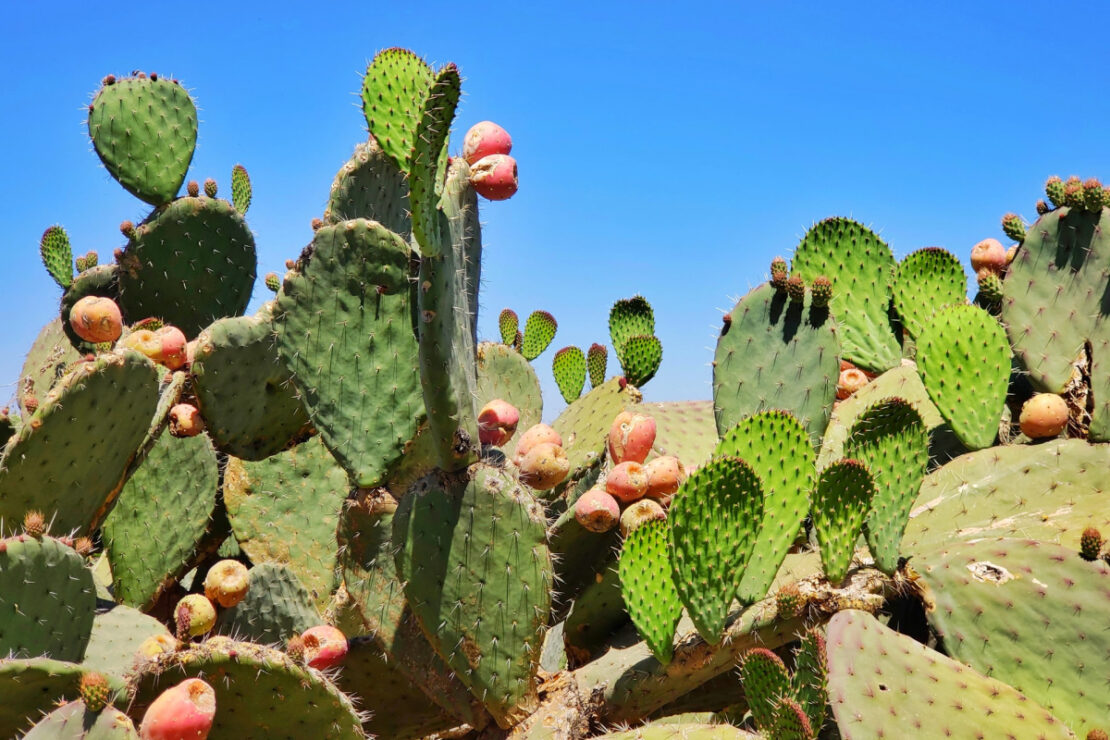
How to Harvest and Prepare Prickly Pear Cactus
The prickly pear (Opuntia spp.) cactus is synonymous with the American West, and what a gift she is to desert dwellers. The name prickly pear refers to a group of around one dozen species in the Opuntia genus (Desert USA, n.d.). Every part of this plant is useful, and prickly pear serves a wide range…
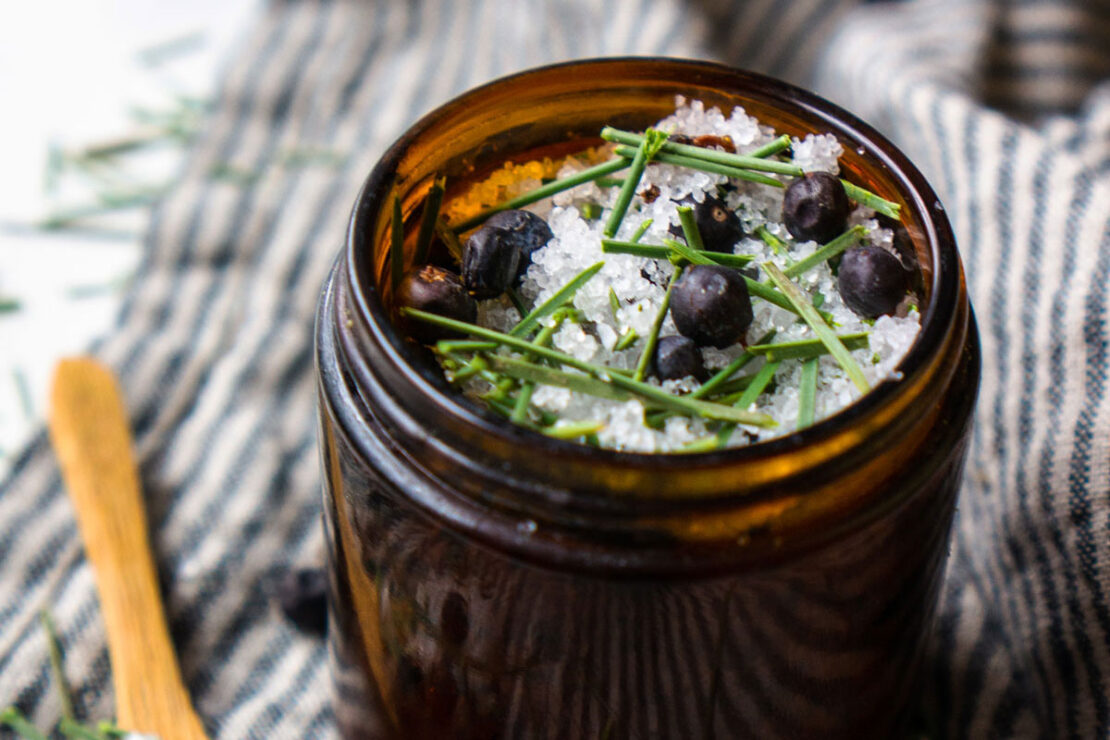
Evergreen Forest Bath Salts Recipe with Juniper and Pine
As we head into the new year, winter has deeply enveloped many parts of the country. Most plants and animals are dormant or hibernating, and the people have wrapped themselves in their thickest wools. (The lucky ones are reading herbals by the fire while sipping spiced cider!) This time of year calls for an extra…
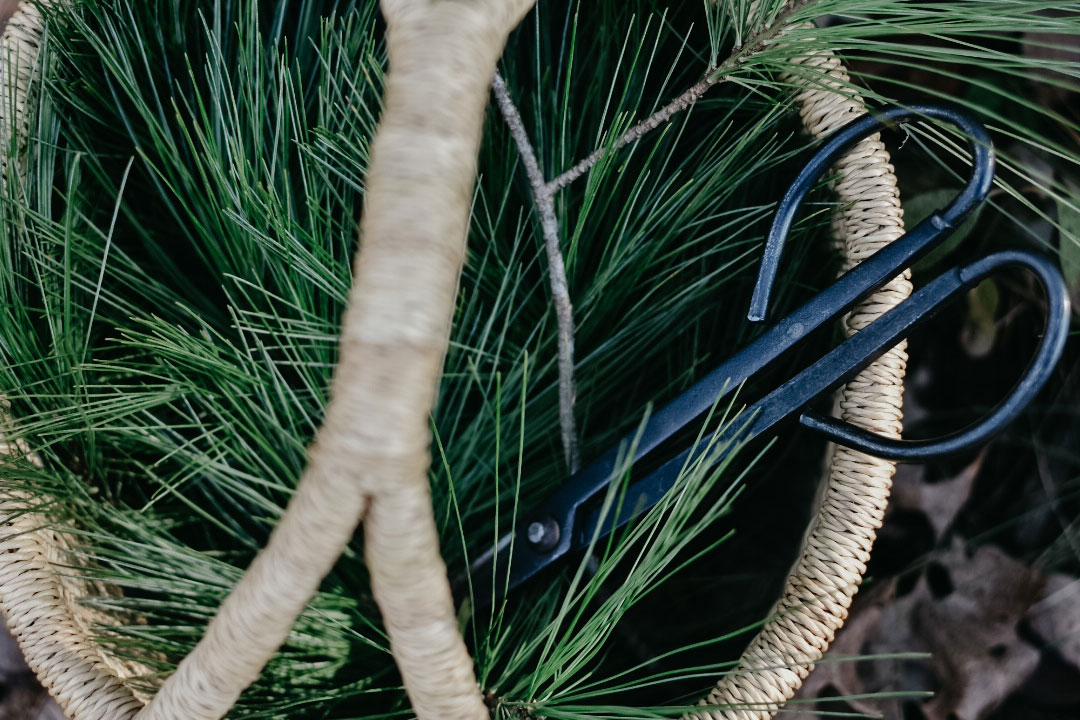
Your Guide to Winter Foraging
Something magical happens in the winter. Our pace slows, the world grows quiet, and we cozy up in our homes with a more inward foc...
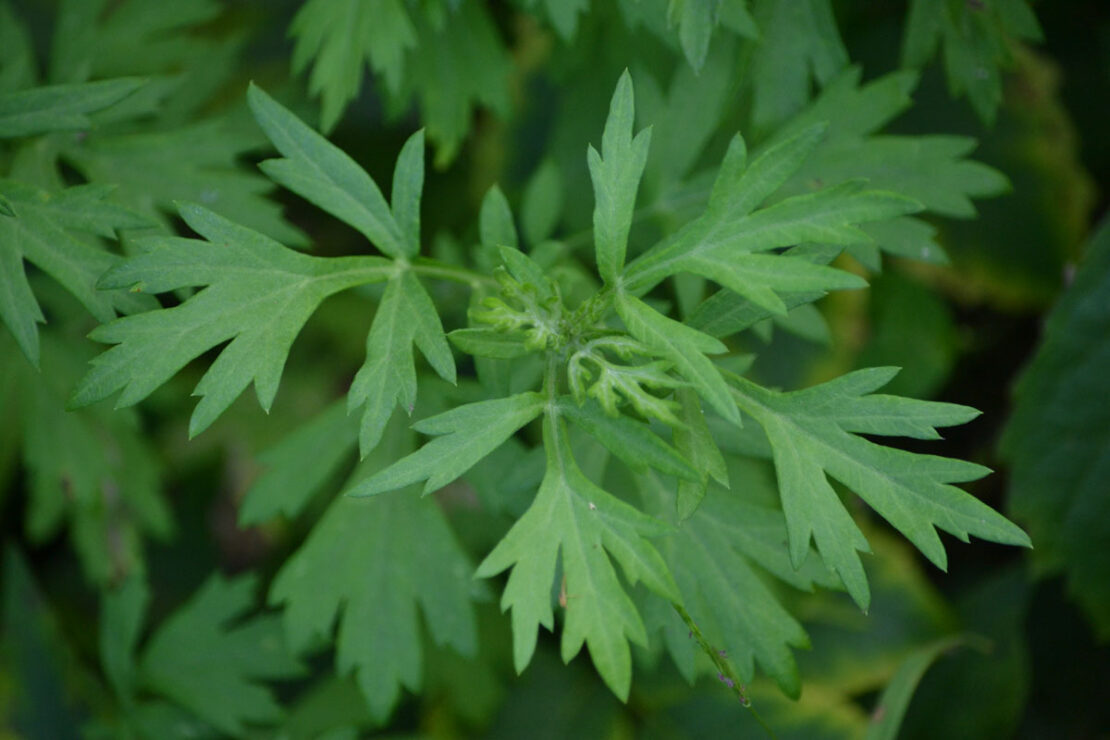
How to Use Mugwort for Dreams, Sleep, and More
When I was camping in the Gifford-Pinchot National Forest as part of my studies at the Elderberry School of Botanical Medicine, I ...
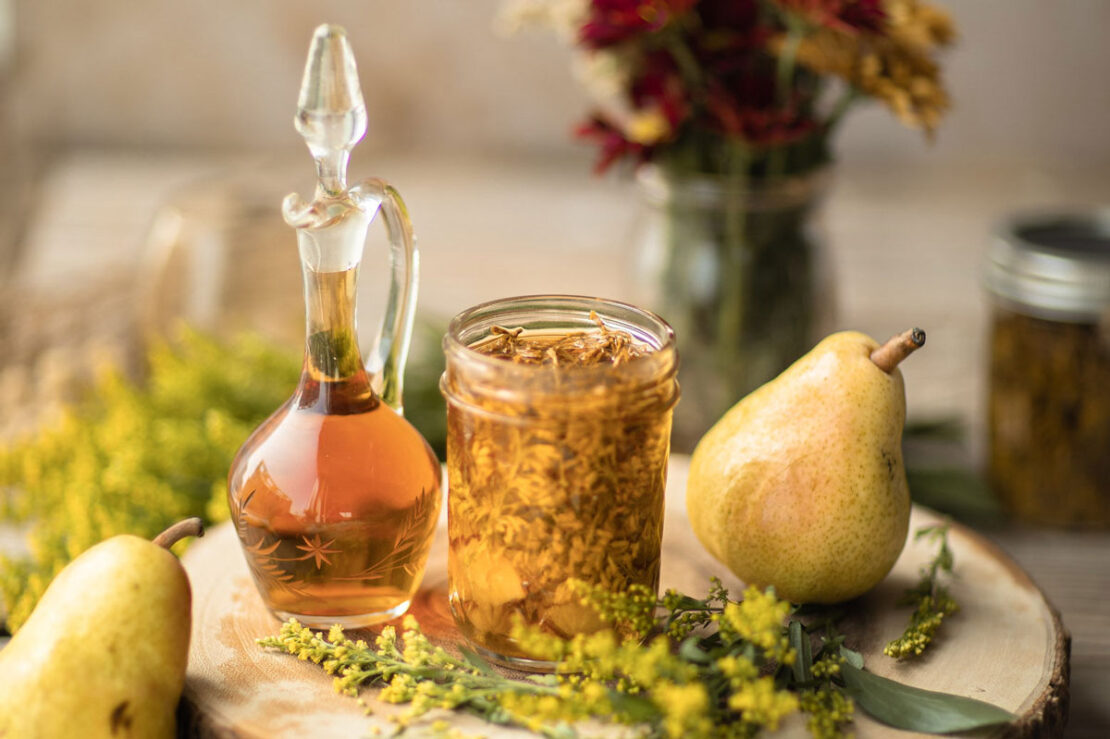
Using Goldenrod: A Late Summer Cordial Recipe
Goldenrod (Solidago spp.) flourishes abundantly on roadsides and meadows in late summer and fall. In the plant family, Asteraceae, the genus name “Solidago” is derived from the Latin word “solidare” which translates to, “make whole or heal.” This is a helpful clue into the many ways people have been using goldenrod for centuries. Aptly named,…
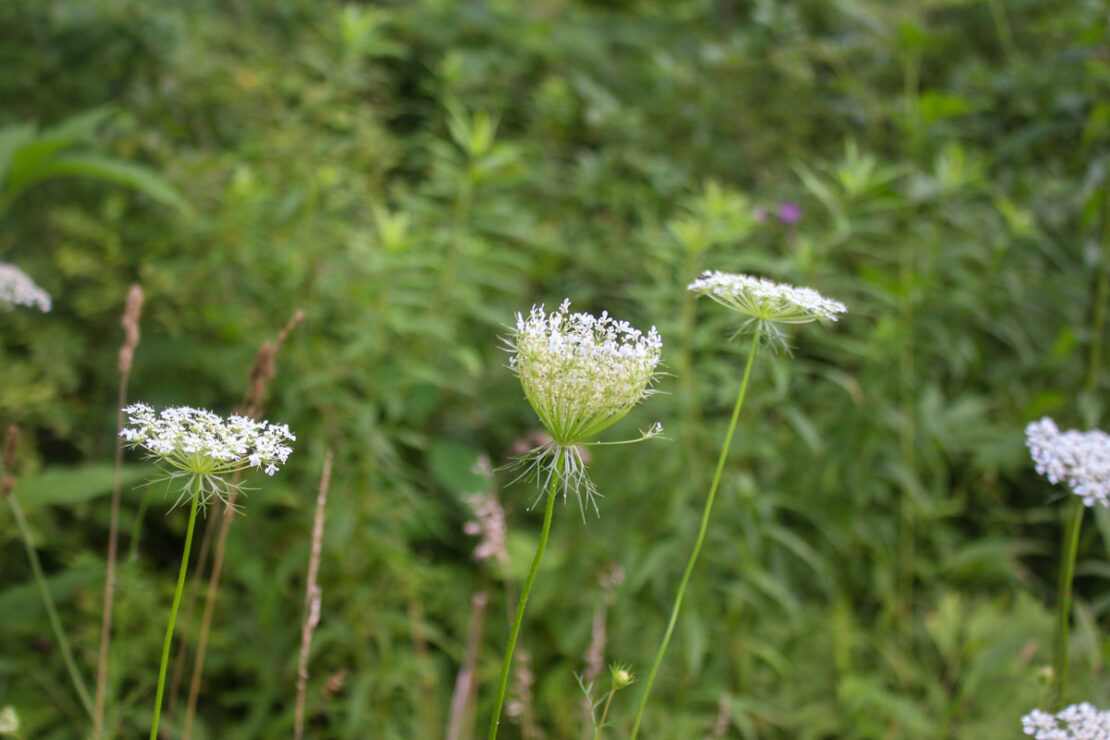
Queen Anne’s Lace Part II: Traditional Use of Daucus Carota
Queen Anne’s lace (Daucus carota) is a fascinating plant with a long and storied past. Because it has poisonous look-alikes, it’s vitally important that you properly identify Queen Anne’s lace if you’re foraging for any part of the plant. Read the first part of this two-part series in Queen Anne’s Lace Part I: Folklore and…
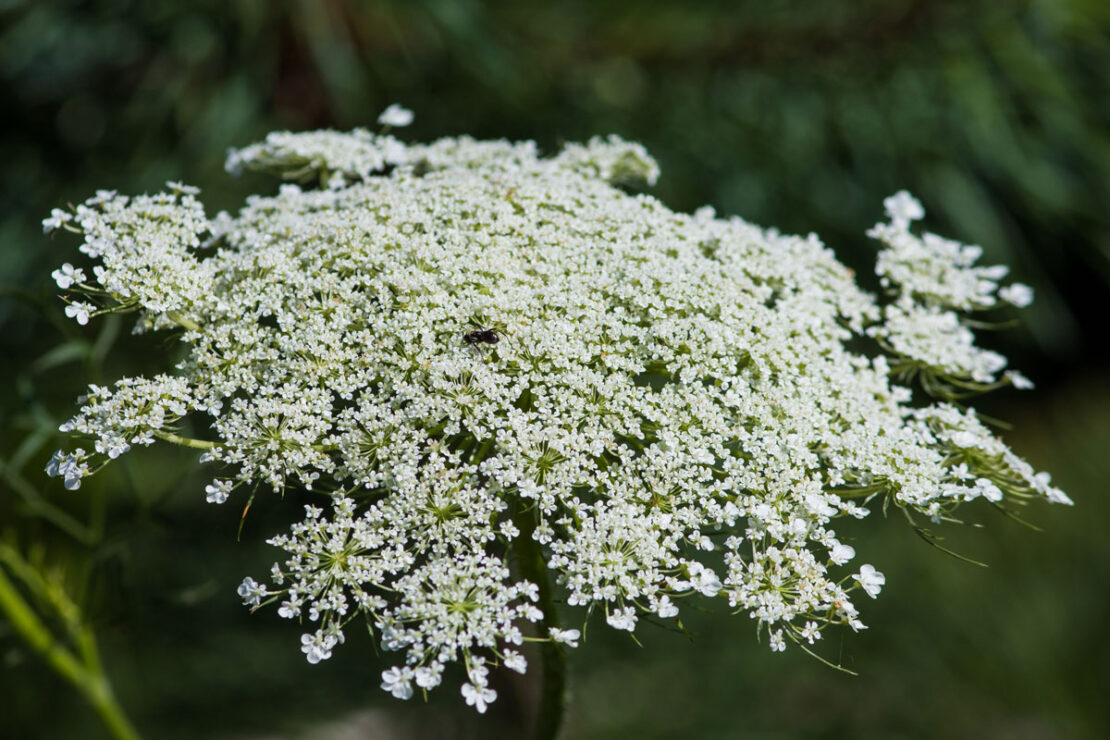
Queen Anne’s Lace Part I: Folklore and Identification
Do you ever look at herbs growing around your home or in your local area and think to yourself, “I should really learn more abou...
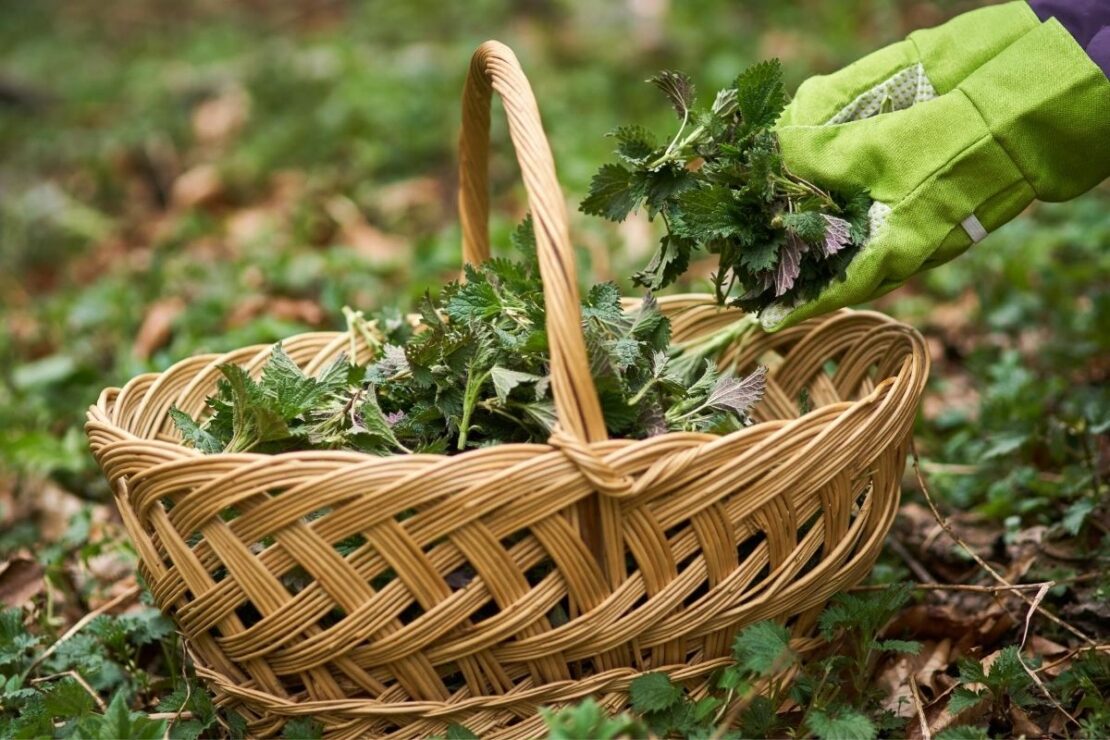
A Foraged Feast: Nutritional Value of Edible Wild Food
Since we launched our foraging course, we’ve been fascinated by the nutritional density of edible wild food varieties compared t...
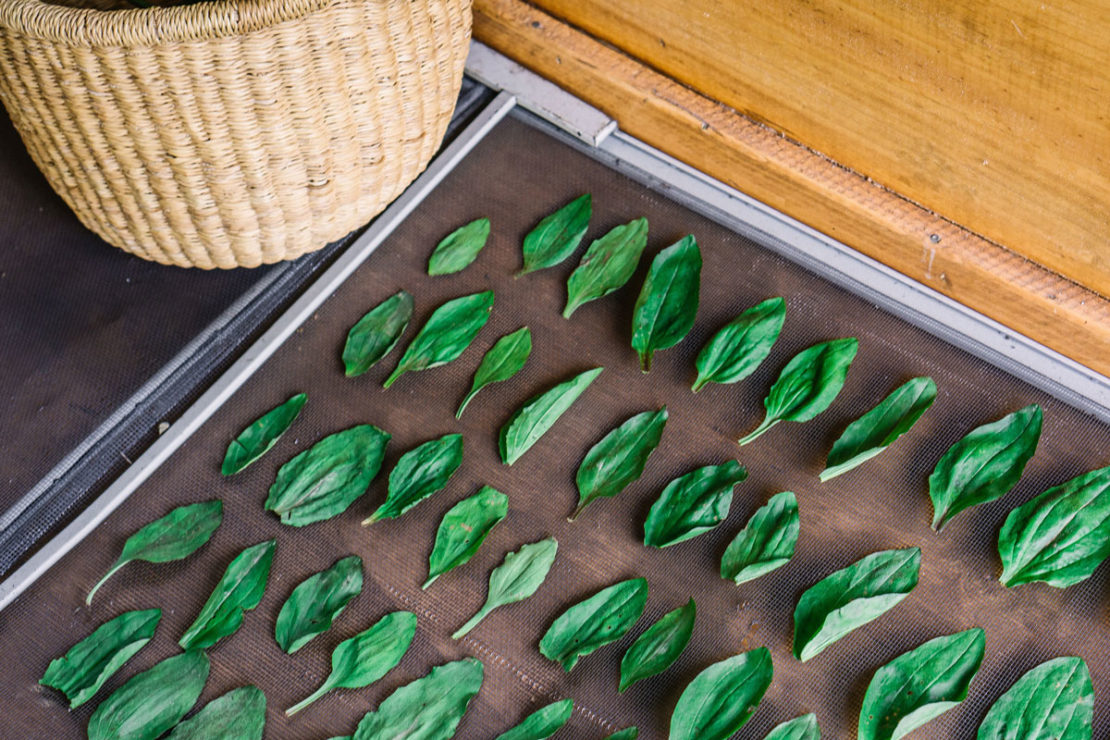
Plantain Leaf Benefits and Recipes
Since the launch of The Foraging Course, we’ve had a renewed interest in the humble, helpful herbs that grow right outside our doors. Plantain leaf (Plantago spp.) is one such wonder “weed” that’s found all over the globe. Two of the most common species, broadleaf plantain (P. major) and ribwort plantain (P. lanceolata), have followed…
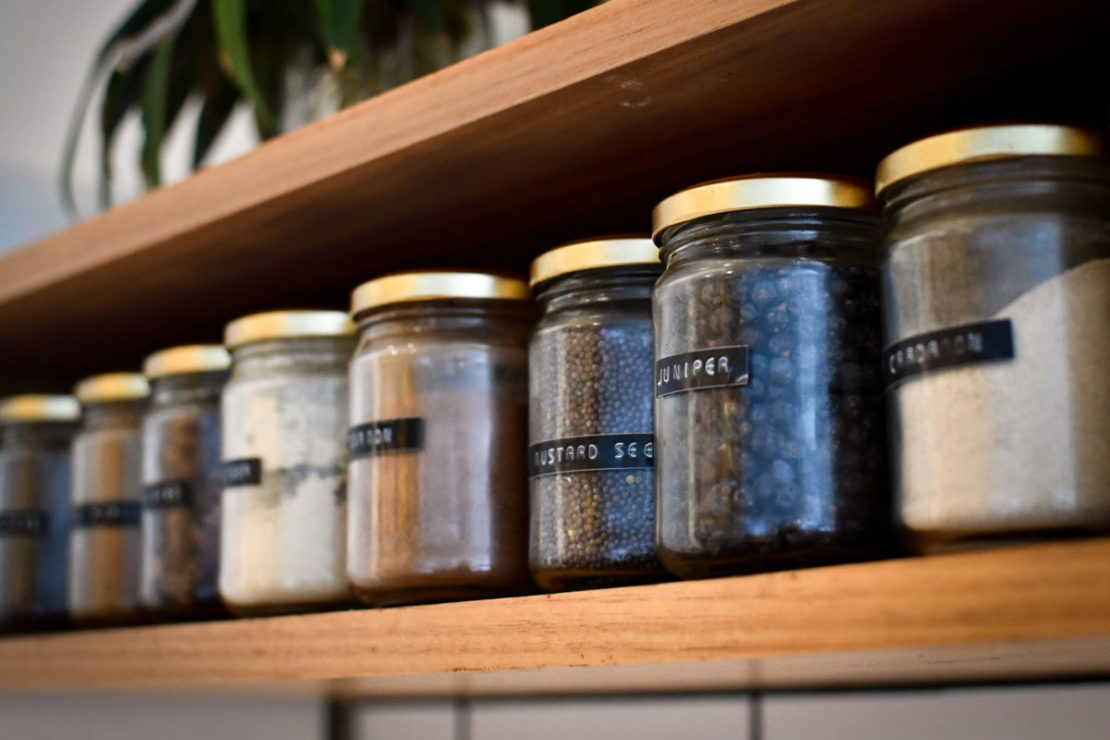
How and Where to Buy Herbs in Times of Upheaval
At the outset of the current global pandemic, herbalists were more grateful than ever for the revered roots in our own apothecaries. While treasuring what we already had on hand, we also took note of those less glamorous, generous green allies that grow wildly around us. We collectively found ourselves wondering where to buy herbs…

7 Reasons to Forage Wild Food and Herbs
Before the advent of agriculture, our ancestors were hunter-gatherers, relying on the wild food and herbs they brought home in the...
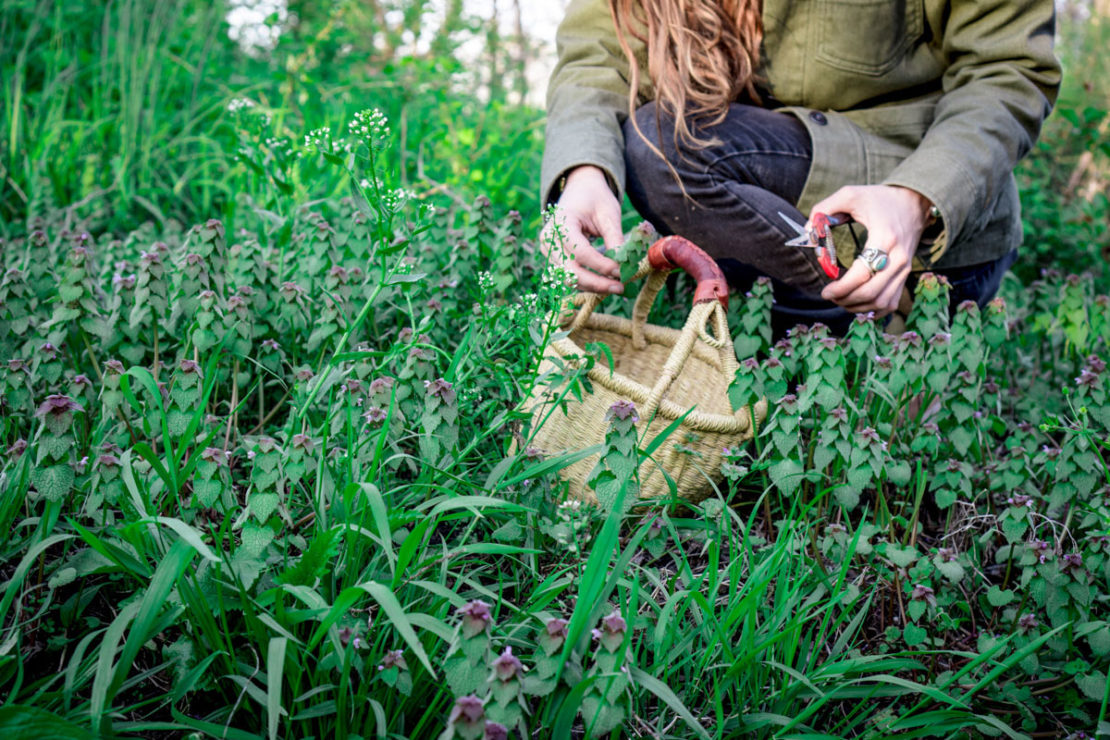
Purple Dead Nettle: Nutrition and Recipes
If you enjoy foraging and using plants that grow naturally around you, then purple dead nettle (Lamium purpureum) is a wonderful p...
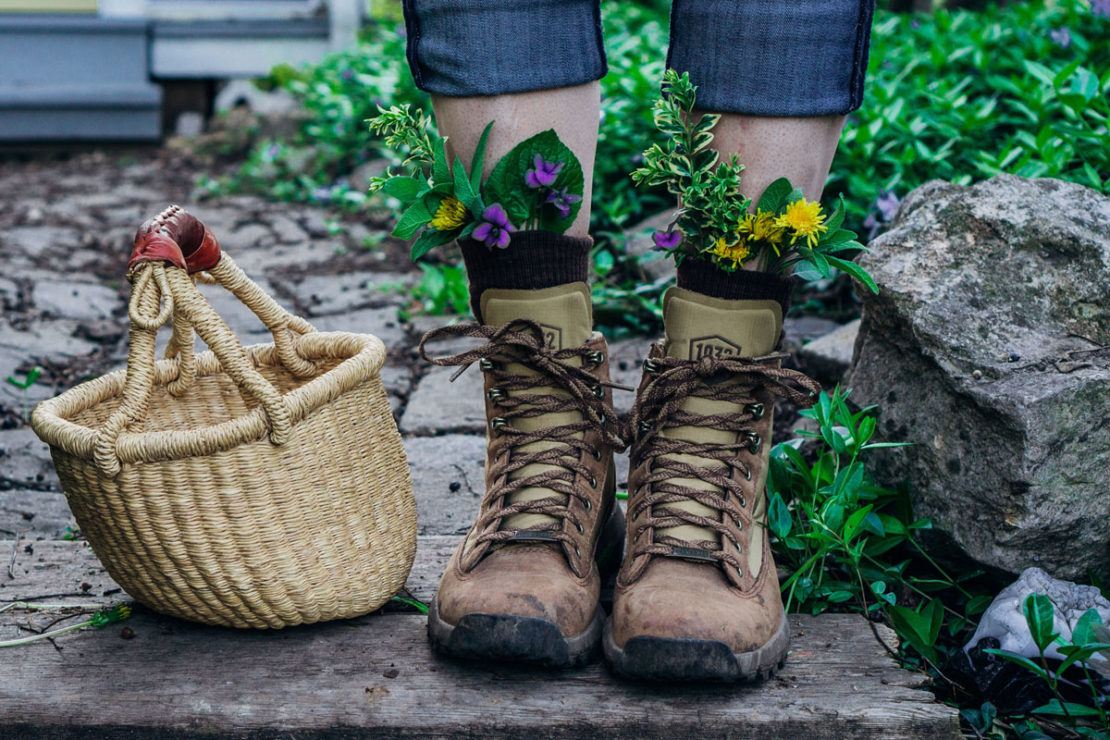
Introducing Our NEW Foraging Class!
As herbalists, we are passionate about all things botanical, and foraging is top of the list! With spring in full swing and summer inching closer, we are enjoying our foraging forays and plan for even more time in the fields and forests as the green world bursts into a riot of growth! To make the…
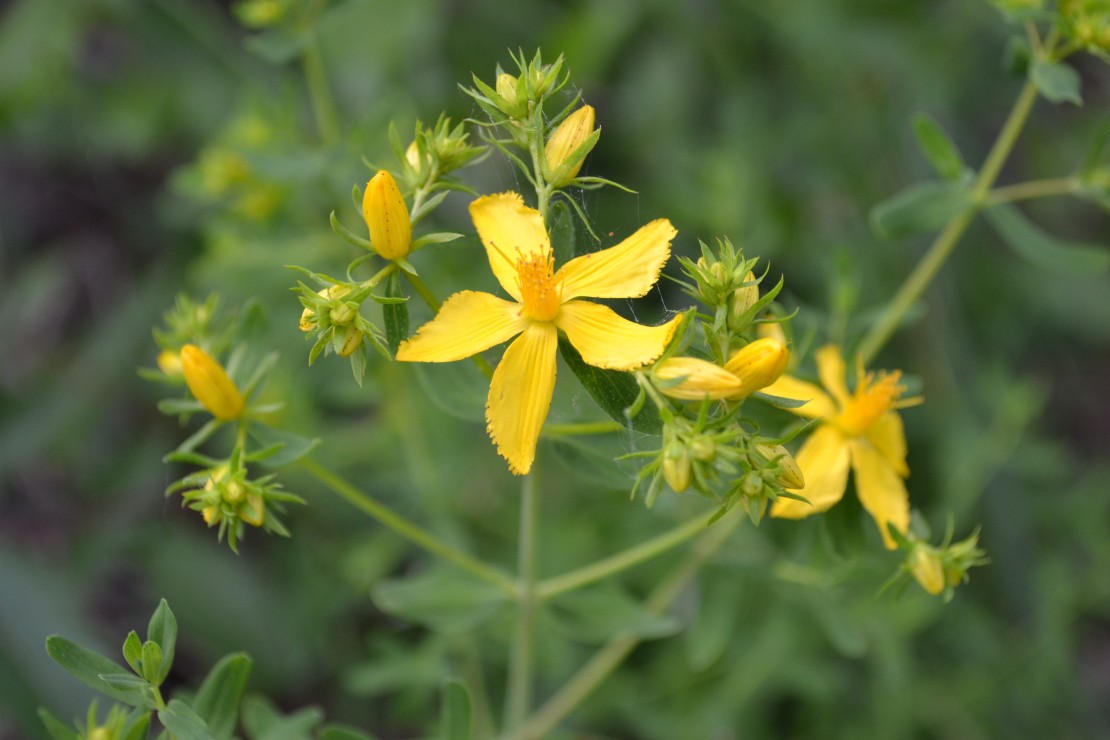
St. John’s Wort in Bloom: How To Identify And Forage St. John’s Wort
St. John’s wort, sometimes known as St. Joan’s wort, (Hypericum perforatum) is one sign that summer has indeed arrived. It typically blooms very near to the summer solstice, which is a useful identifier as to the best time to harvest the aerial parts with their sunny yellow flowers. The harvest season of St. John’s wort…
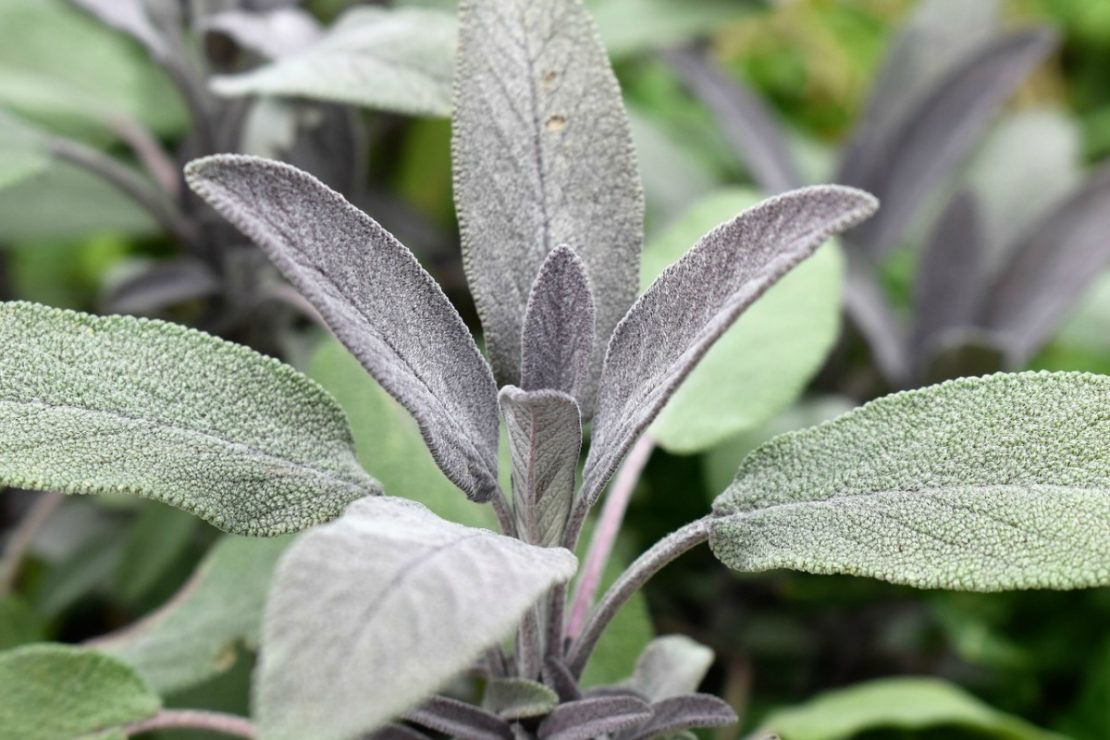
3 Last-Minute Ways To Use Sage Before The Growing Season Ends
Three years ago, my partner and I went out for a night on the town. He took me to a lovely Italian restaurant where we shared a bo...
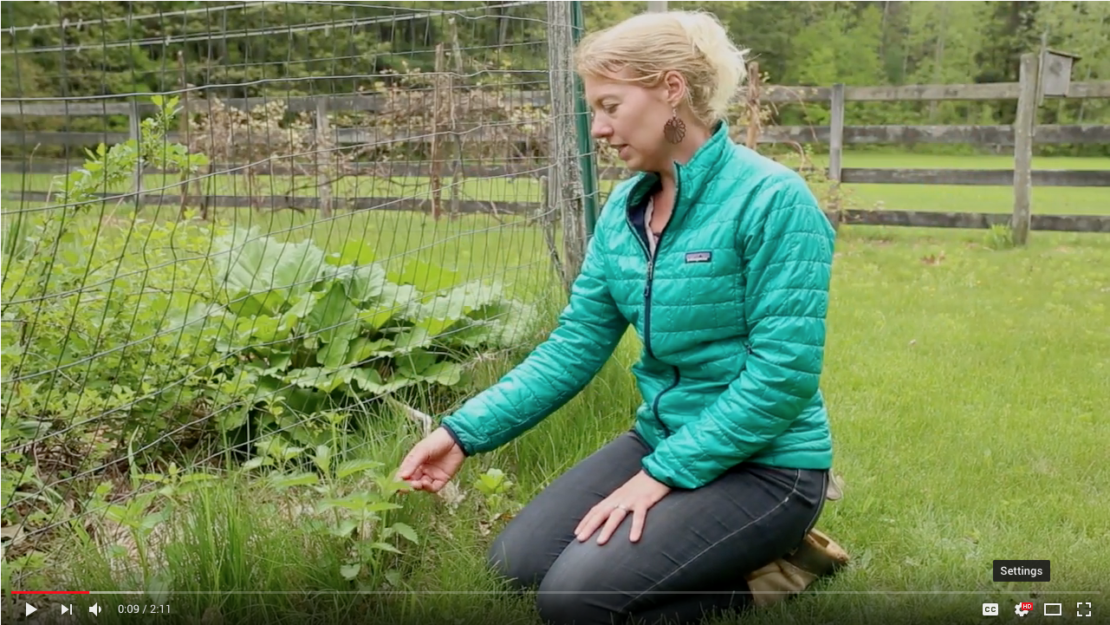
Nettle Plant Walk Video: Identification, Uses, Preparations, & More!
Join herbalist and Herbal Academy Assistant Director, Jane Metzger as she explains how to identify and use nettle in this plant wa...
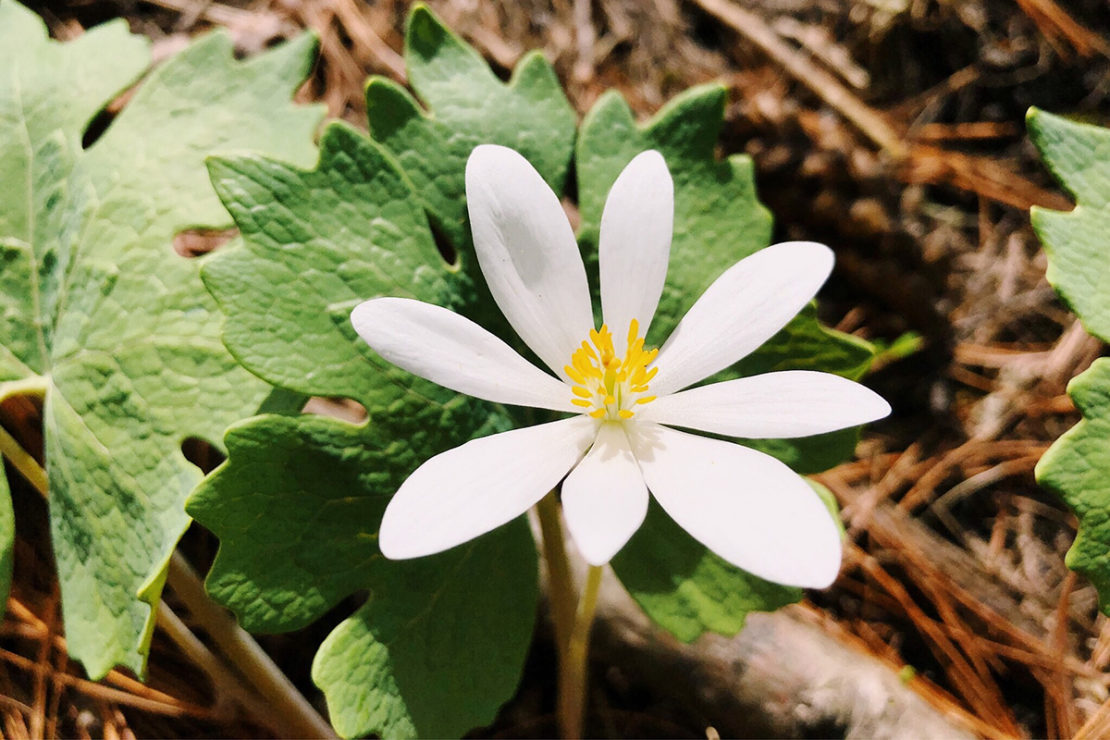
12 At-Risk Plants NOT To Harvest This Year
Late spring and summer are ideal times for harvesting plants. This is because, by this time, most plants have developed to the point where their identifying characteristics are obvious—leaves are often fully grown, flowers have blossomed, and some plants are already forming seeds, each of which makes plant identification easier. While most in the herbal…
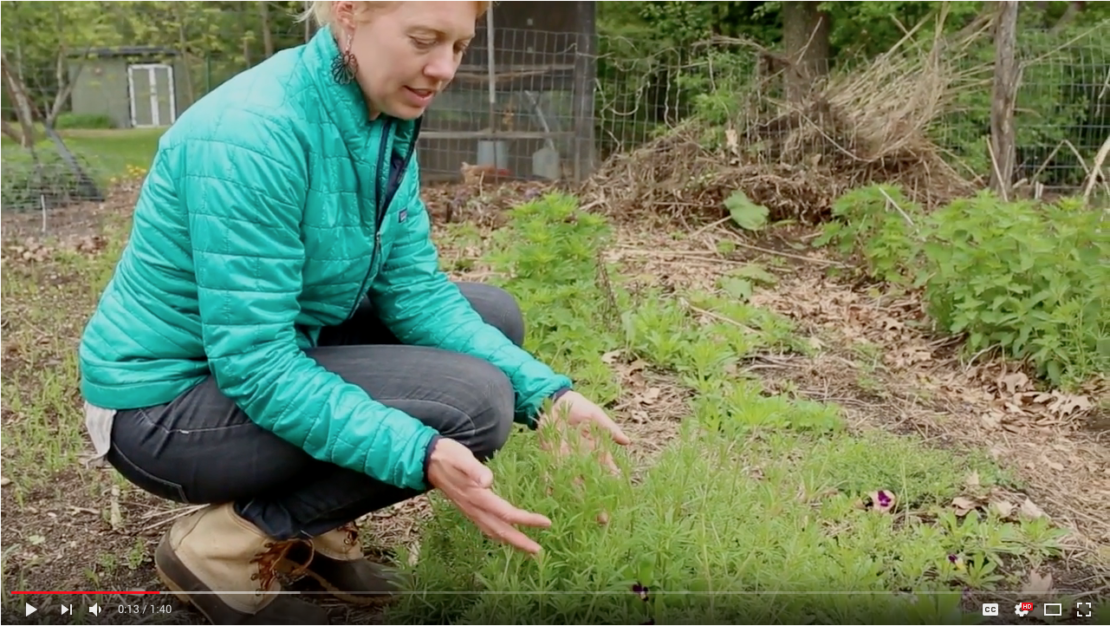
Learn To Identify Cleavers In Our Newest Plant Walk Video
We’re back with another plant walk video from Herbal Academy Assistant Director, Jane Metzger. In this video, Jane will be showing us how to identify cleavers as well as sharing some common preparations this plant is used in. Just click play on the video below or watch it on our YouTube channel. Cleavers Name/Family: Cleavers, Galium aparine…
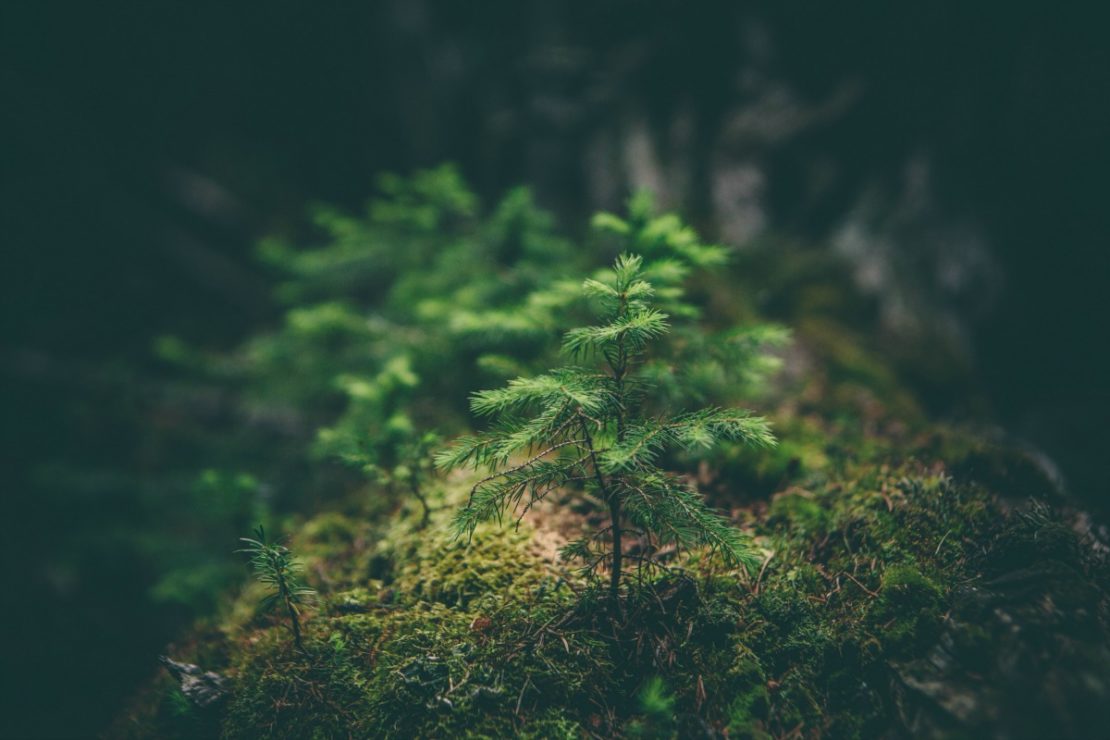
FairWild Week: Go Wild for Wild Plants
You may not realize just how many plants you come into contact with on a daily basis, but for most people, it’s a lot. Whether i...
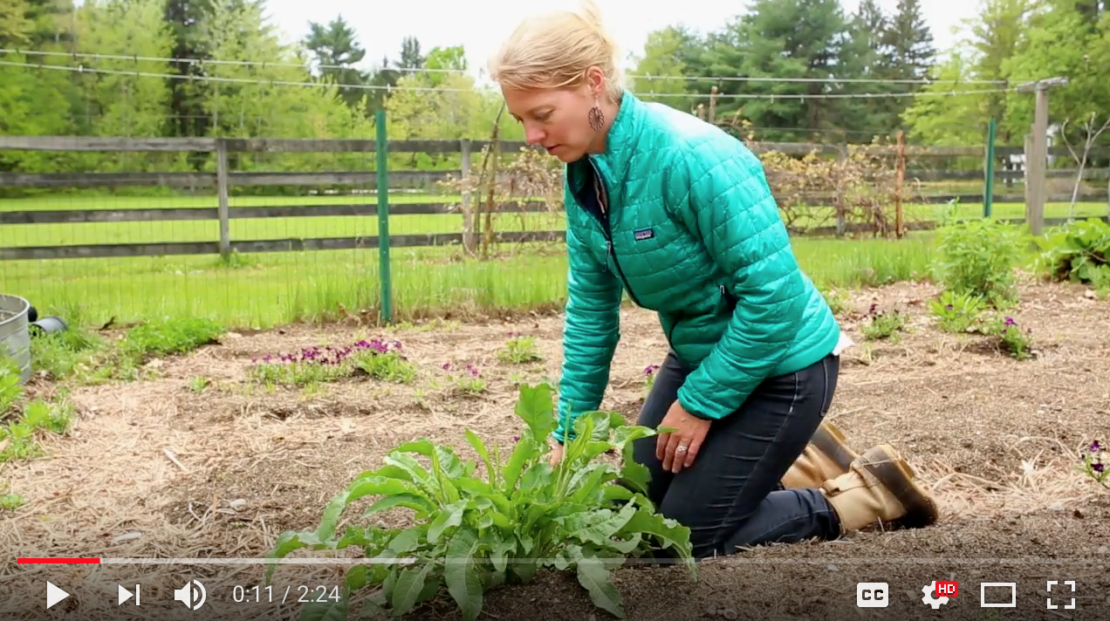
Join Us For A Yellow Dock Plant Walk!
We’re in the midst of growing and foraging season here in the Northern Hemisphere. If you’re feeling the tug to get ou...
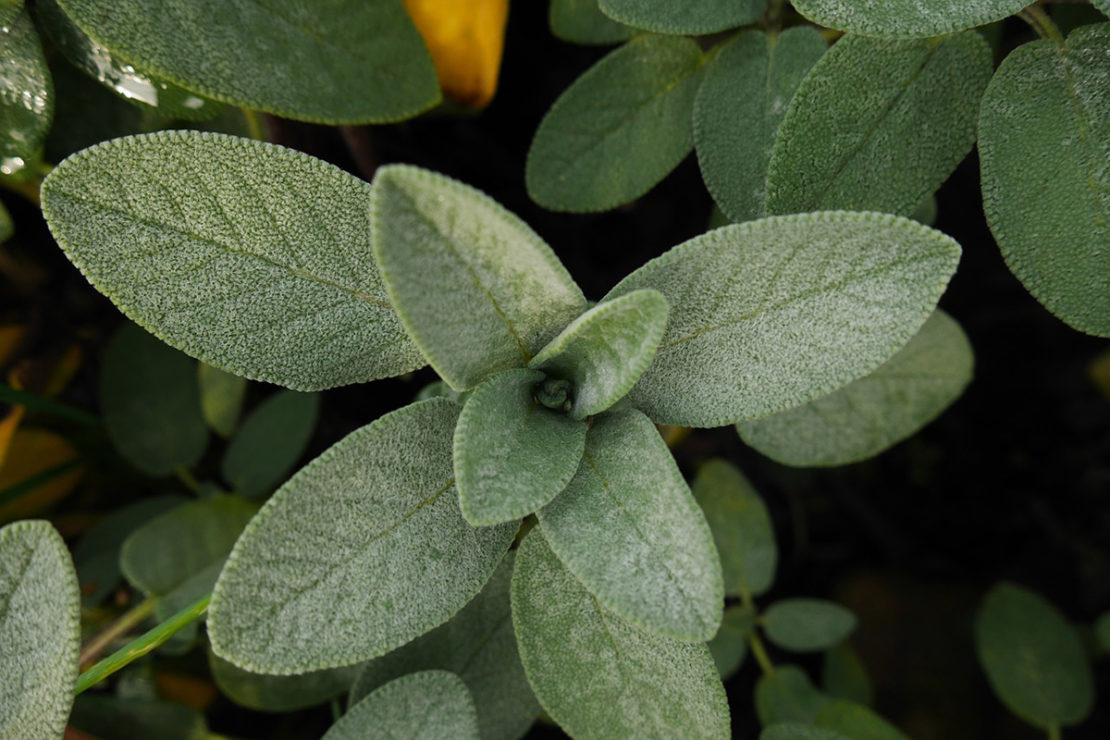
How To Use Morphology to Describe Plants
With an awareness of the many forms that plants, flowers, and leaves come in, a hike in the woods or a stroll through a garden can transform from a blur of green to a diverse exhibit of morphology. With attention to morphology, along with an understanding of binomial nomenclature and the evolutionary relationships that plant…
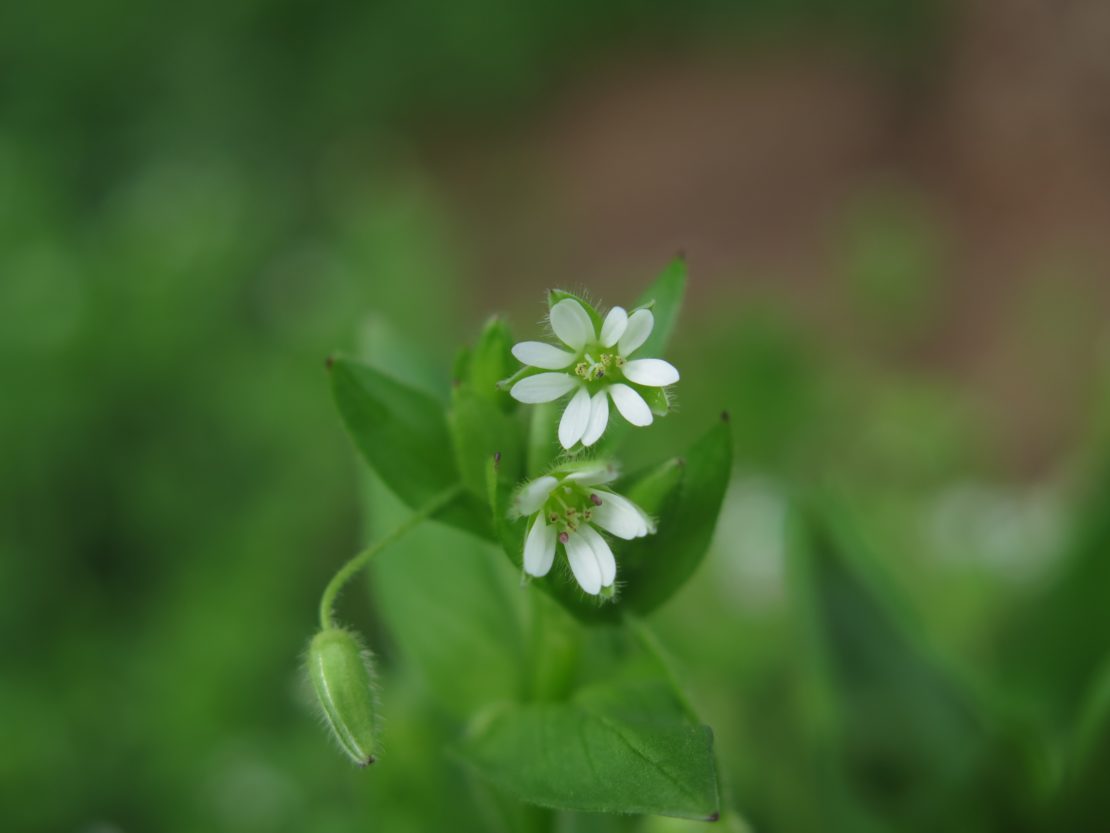
The Most Inconspicuous Plant You Can Forage Now!
Our new Botany & Wildcrafting Course is here, and we’re so excited about this course! Not only will it provide you with an introduction to plant biology and ecology, but it will help you strengthen your plant identification skills and help you understand and practice sound wildcrafting ethics and techniques as well. In this course,…

7 Essential Tools For Botany (And A Few More For Good Measure!)
Whether you are setting out to become a professional botanist or are just interested in getting to know your local plants a little...
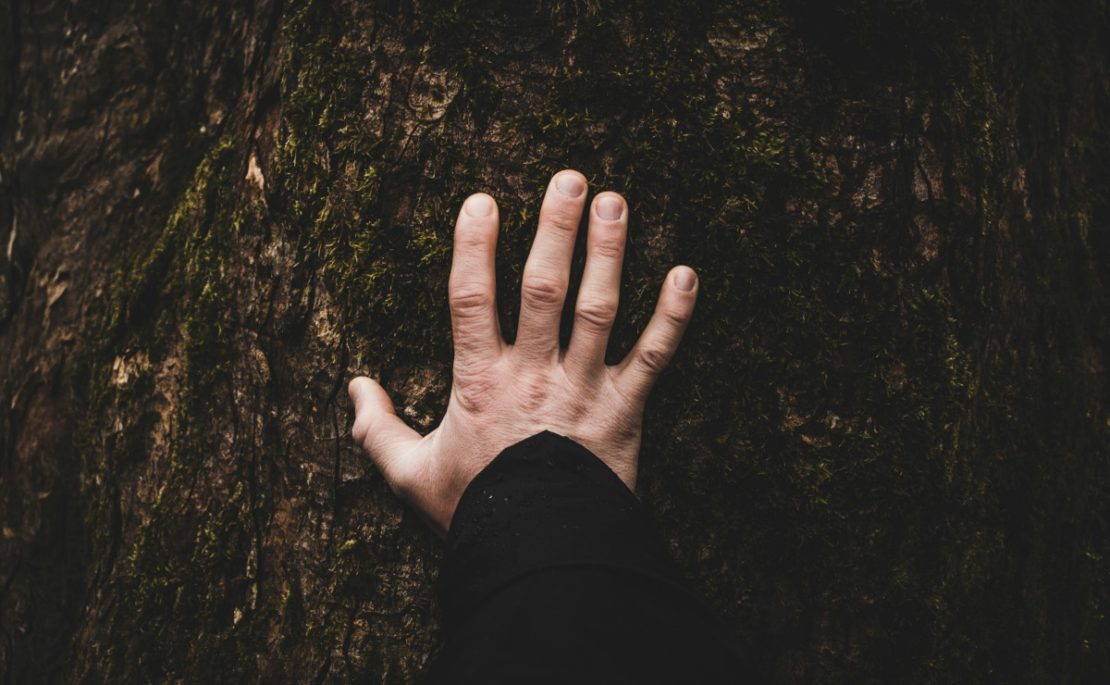
How To Harvest Bark From Trees and Shrubs Correctly
If you’ve ever wanted to learn how to harvest bark from trees or shrubs, you’re not alone. Bark is commonly used in herbal pre...
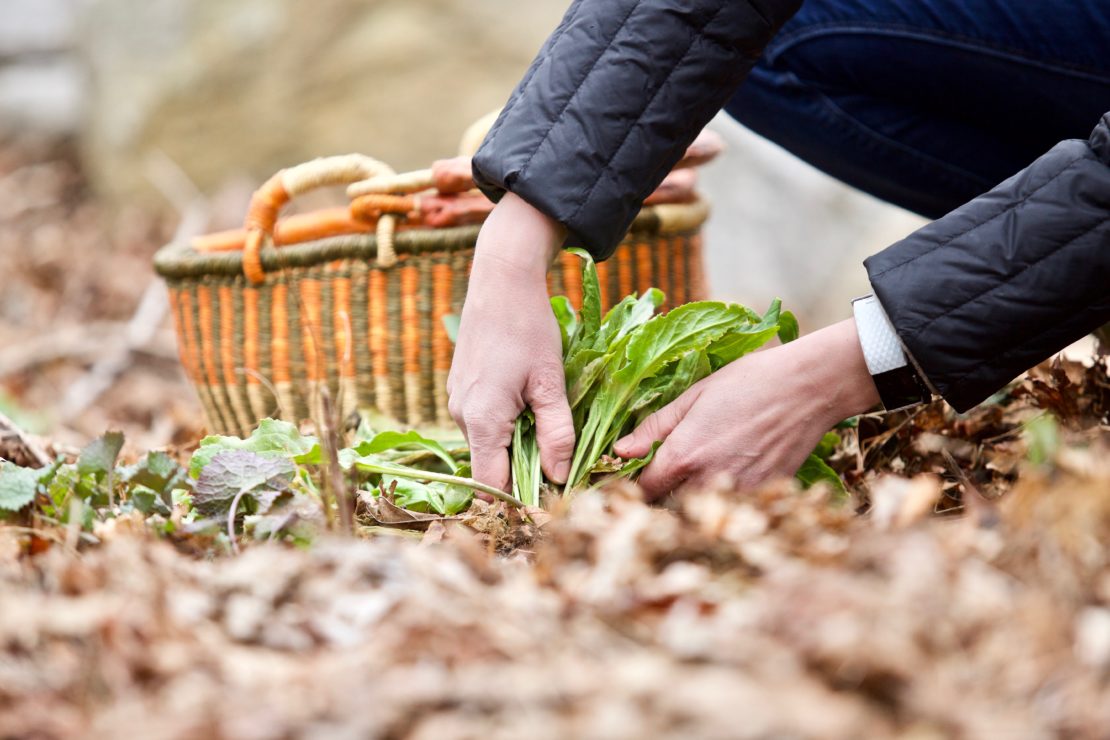
How To Identify & Wildcraft Plants Outside Your Front Door
As the sun spends more time in the sky and the weather begins to warm, fresh green shoots emerge from the earth, buds form on tree branches, and blossoms burst forth in an array of vivid color. Spring has arrived, and with it, an abundance of nourishing plants that are useful to the earth as…
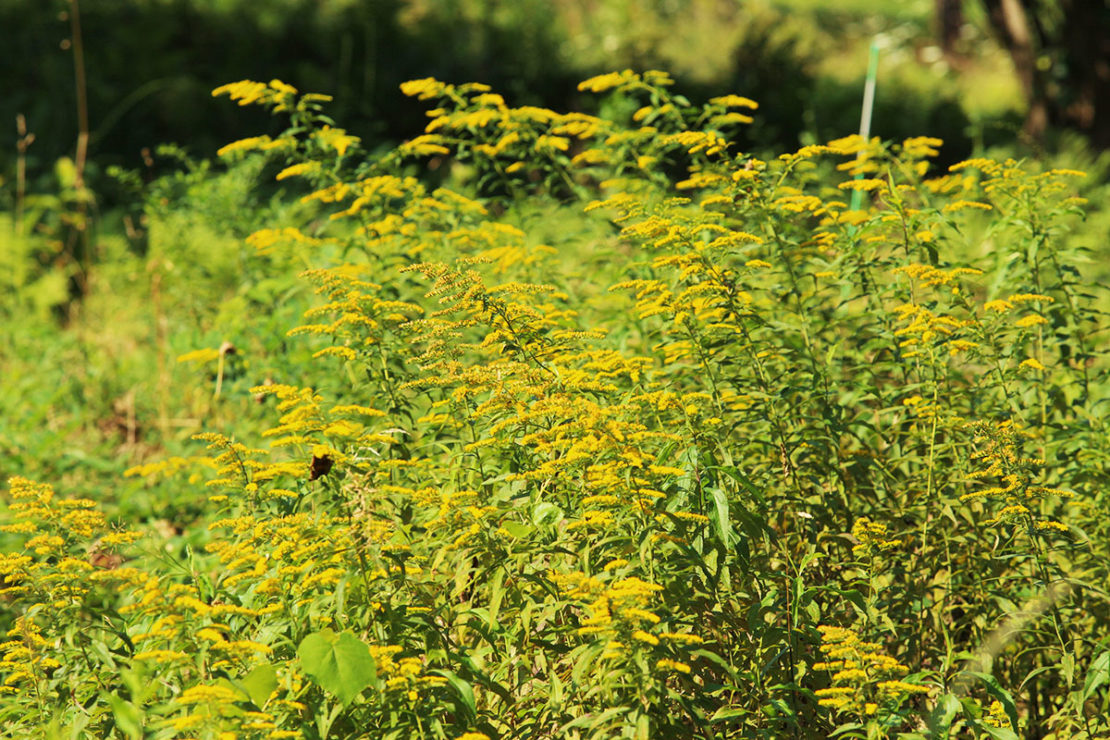
3 Tips For Foraging Goldenrod This Year
As we move into fall, the colors of the landscape begin to change from the brilliant reds, purples, lavenders, and pinks of summer to the deeper colors of autumn—yellows, golds, oranges, deep reds, and browns. As these seasonal changes in nature relate to our own rhythms, I was taught to eat and make herbal preparations…
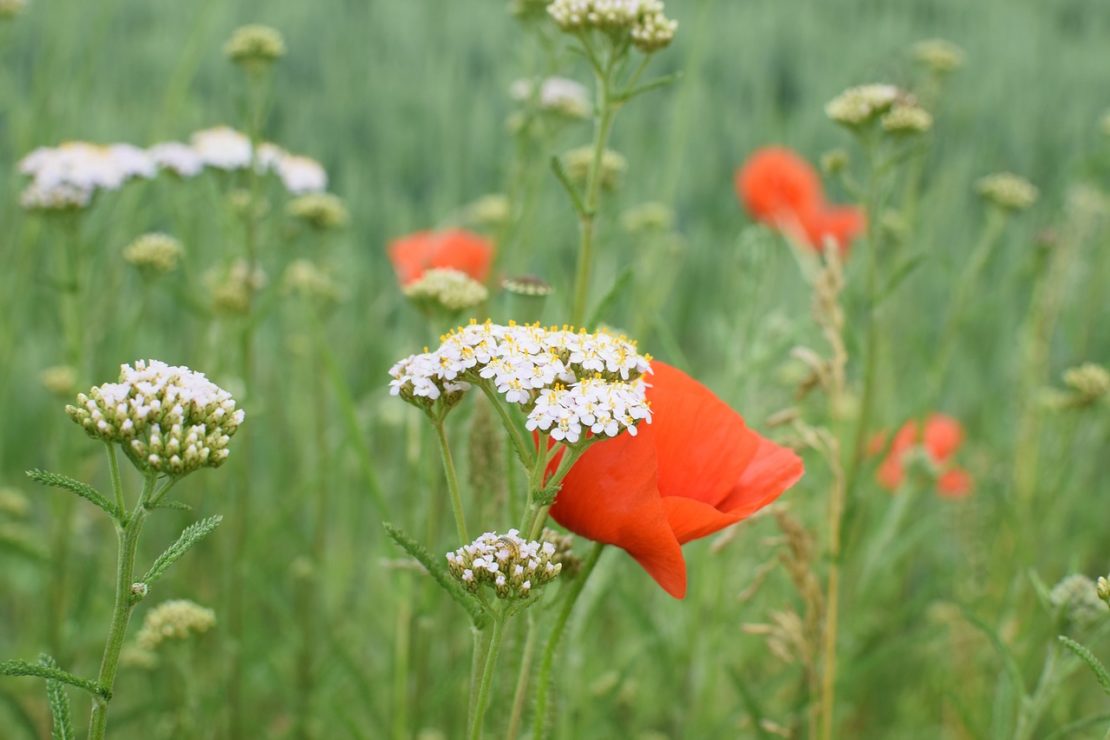
10 Summer Herbs to Forage This Year
The “Dog Days” of summer are upon us in the South. The dogs and cats are lazy, the snakes are more prone to bite, the gnats, f...


